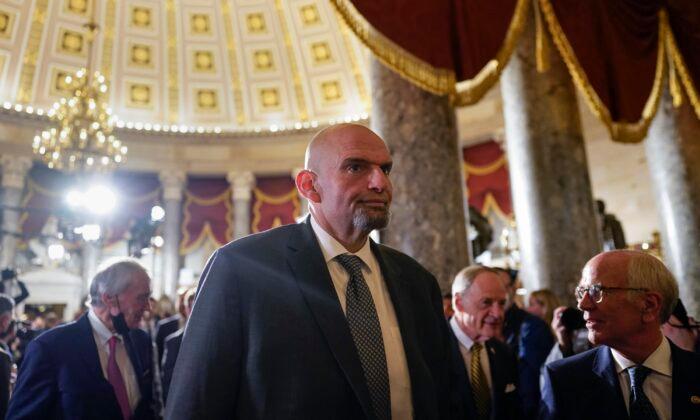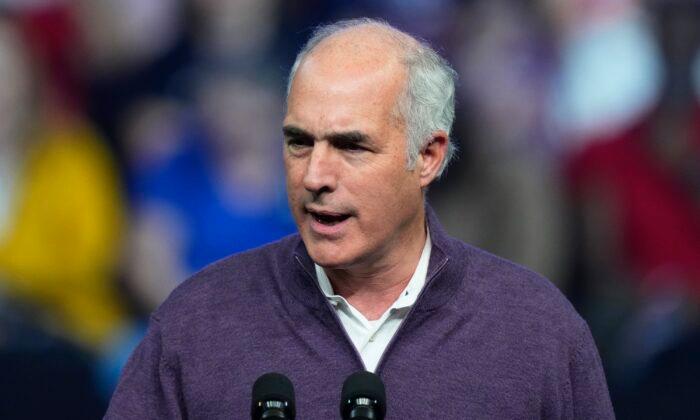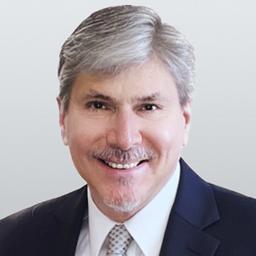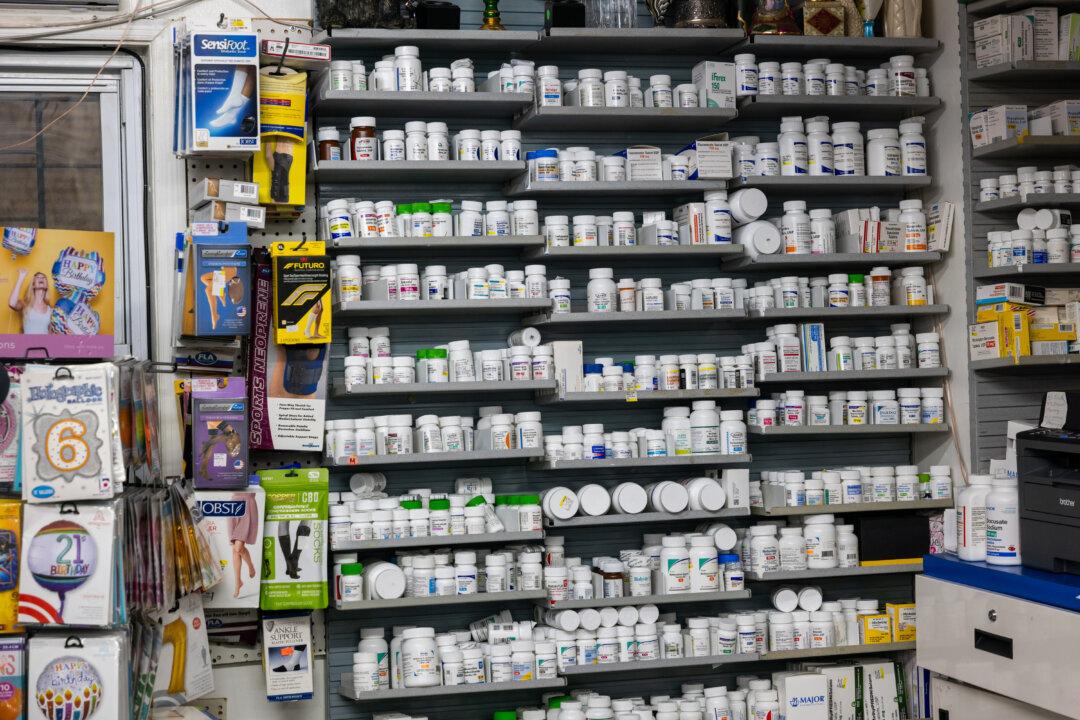About $2.6 million of Mr. Casey’s contributions came from individual donations averaging $394 apiece. Another $692,000 came from unspecified individuals, nearly $843,000 from political action committees, and $365,000 in transfers from authorized PACs, according to the Federal Election Commission.
Expensive Seats
The cost of winning a Senate seat increased dramatically in the early 2000s, according to data from the Campaign Finance Institute. From 1986 through 1998, the average spent by winning Senate campaigns was $6.6 million in inflation-adjusted dollars. By 2016, the average had grown to $9.3 million.
In the 2022 elections, Senate candidates spent an average of $38.4 million each. That includes winners and losers. Some spent much more, according to data compiled by Reuters.
Democrat Jamie Harrison spent $106 million in South Carolina in a losing bid to unseat Sen. Lindsey Graham (R-S.C.), who spent about $103 million.
Andy McGrath of Kentucky spent $75 million in a losing effort against Senate Majority Leader Mitch McConnell (R-Ky.), who spent $68 million.
In Pennsylvania, winner Sen. John Fetterman (D-Pa.) outspent Mehmet Oz by $74.5 million to $49.2 million.
Senate races are increasingly national campaigns, drawing the majority of their contributions from outside the contested states. In 2022, 81 percent of the dollars contributed to Democratic Senate candidates came from out-of-state donors. For Republicans, the average was 67 percent, according to the Center for Responsive Politics.
That might not hold true next year in Pennsylvania if the most likely Republican candidate—a wealthy hedge fund manager with deep experience in politics—decides to enter the race.

Possible Challenger
David McCormick, 57, is widely considered the most likely Republican to mount a serious challenge in the Pennsylvania Senate race, though he has not yet announced his intention. Mr. McCormick was CEO of Bridgewater Associates, a Connecticut-based hedge fund, before returning to his home state to run for the Senate in 2022. He was narrowly defeated in the primary by Mr. Oz.Mr. McCormick held various economic positions in the administration of President George W. Bush from 2005 to 2009.
The Western Pennsylvania native largely self-funded his 2022 campaign, spending $14.4 million of his own money in the $20.1 million effort, according to Open Secrets.
Donations Equal Participation
In a Casey vs. McCormick contest, Mr. Casey would enjoy the advantage of incumbency. He is the longest-serving senator in the state’s history and is the son of Bob Casey Sr., a longtime Pennsylvania politician who served as the state’s governor from 1987 to 1995.Mr. McCormick’s ability to fund his own campaign could increase pressure on Mr. Casey’s fundraising efforts.
Prior to entering the 2022 contest, Mr. McCormick disclosed receiving income of more than $22 million in 2017, and he and his wife estimated their net assets to be worth $116 to $289 million.
That advantage could be negated by empowering smaller donors, according to one campaign finance expert.
The fact that 49.1 percent of Americans voted in 2020 but just 2.9 percent were motivated to contribute to a candidate is concerning, according to Chris Stirewalt, a senior fellow at the American Enterprise Institute (AEI).
He says large sums contributed to political action committees are less valuable to candidates than are smaller sums given by individuals because candidates cannot direct the spending of PAC money.
“Campaigns on both sides have gutted their ‘major donor programs’ and beefed up their online and digital fundraising,” Mr. Stirewalt wrote in a 2021 op-ed for AEI.

“The cost per dollar raised is substantially higher, but it doesn’t take any of the candidate’s time—a campaign’s most valuable resource—and the candidate doesn’t have to dial for dollars for eight hours a day, a task that very few candidates are willing to do without grumbling, procrastinating, or other tactics used by teenagers to get out of geometry proofs,” he wrote.
Seeking smaller donations has the added benefit of allowing candidates to tailor their message to a larger audience of voters who don’t usually contribute.
When seeking large donors, Mr. Stirewalt says, “Everything the candidate does and says needs to be geared toward that 3 percent. And, as you can guess, they don’t care about the same stuff as the other 97 percent who don’t give.”
Activating smaller donors is the key to increasing activism, according to CFI.
“The digital revolution has altered the calculus of participation,” CFI states. Rather than looking to further restrict large donors, they advocate helping to “activate the many” who can be drawn into the political system through small donations.





